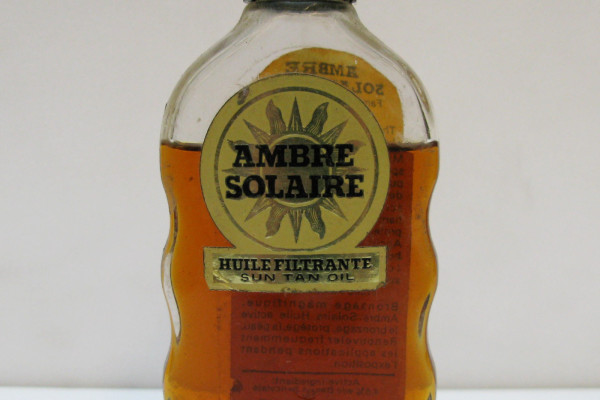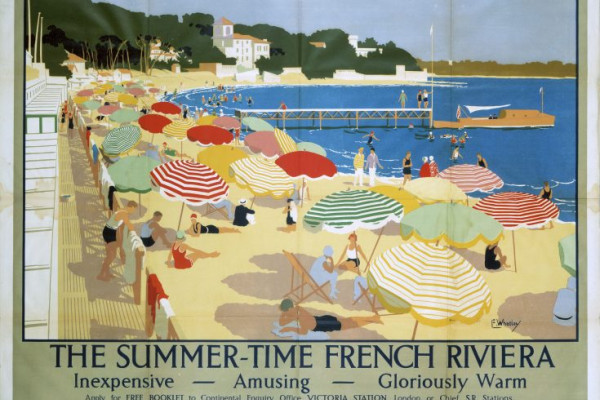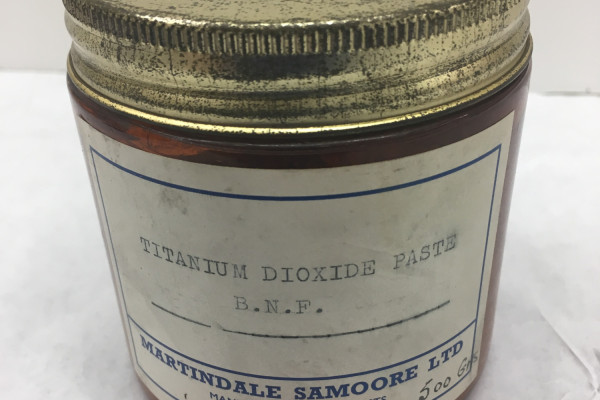The tanned skin trend was introduced by Coco Chanel in the 1920s. Previously, sunbathing was prescribed as a therapy against tuberculosis and rickets. Here's the story: in 1923, Coco Chanel accidentally got sunburned on a cruise to Cannes, but decided to take advantage of the effect of the situation. And that's how the French Riviera became the birthplace of tanning.
However, the birthplace of medical-grade sunscreen lotion is Switzerland. In 1928, Austrian chemistry student Franz Greiter suffered severe sunburn while climbing the Swiss Alps. Then he developed Gletscher Crème, which, however, did not reach the market.
The first commercial sunscreen product was created by Eugene Schuler, founder of L'Oreal, in 1936. The product, called Ambre Solaire, is a combination of chemical filters that absorb UV rays and prevent them from reaching the skin.
Eugene Schuller was a fan of sailing, but he had very fair skin and to protect himself from frequent burns, he ordered his laboratory to create a formula to protect him. In 1935, chemists introduced him to a "butter/oil" containing the active ingredient benzyl salicylate. This compound filters out UVB light, the radiation that causes skin to burn. Two months later, Schuller launched the product on the Riviera market under the name "Ambre Solaire" in its iconic brown indented bottle and advertised it with posters of women's bodies with bronze skin.
Until the 70s of the XX century, this type of product was offered for the purpose of acquiring a tan without burning. Later, the term "sun protection" was adopted, as the link between exposure to the sun and the occurrence of skin cancer was medically proven.
In 1974, Franz Greiter again coined the term "sun protection factor" or SPF, which is a formula for determining the fraction of UVB light that will reach the skin over time. The formulas of modern sunscreen preparations are increasingly oriented towards a composition with fewer chemicals, such as zinc oxide and titanium dioxide.


